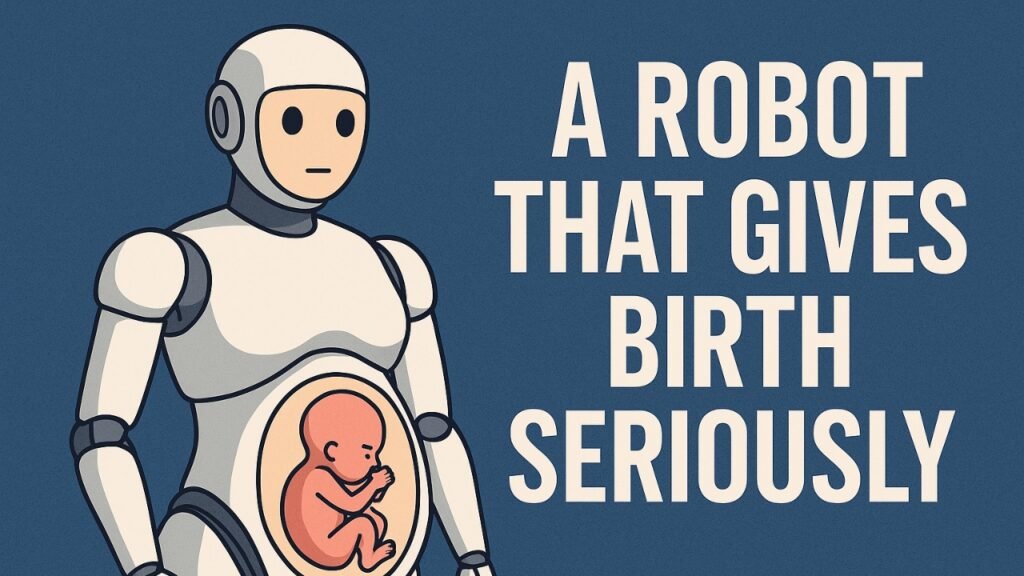China is working on what could be one of the most groundbreaking innovations in medical science: a pregnancy humanoid robot capable of carrying a baby for nine months and delivering it safely. If successful, this development could redefine fertility, family, and the very concept of birth itself.
What Is a Pregnancy Robot?
According to Chinese tech media reports, the world’s first “pregnancy robot” is being developed by Dr. Zhang Qifeng from Singapore’s Nanyang Technological University. Unlike premature baby incubators, this humanoid will replicate the full experience of pregnancy from conception to birth.
At its core is artificial womb technology. The robot’s abdomen would contain a synthetic womb filled with artificial amniotic fluid, designed to mimic the natural environment of the human uterus. A built-in nutrient delivery system, similar to the placenta, would sustain the foetus throughout the gestation period.
The Science Behind the Technology
Artificial womb technology is not entirely new. In earlier experiments, scientists managed to grow a premature lamb inside a “biobag,” where it survived, developed wool, and thrived. Dr. Zhang’s team aims to take this further, moving from animal trials to a humanoid robot that can sustain human life inside an artificial womb.
“The artificial womb technology is already in a mature stage, and now it needs to be implanted in the robot’s abdomen so that a real person and the robot can interact to achieve pregnancy, allowing the foetus to grow inside,” Dr. Zhang explained.
Timeline, Cost, and Prototypes
The first prototype of the pregnancy robot is expected as early as next year. Reports suggest the estimated cost would be around 100,000 yuan (₹12.96 lakh approx.).
Ethical and Legal Concerns
While the science is revolutionary, the idea raises serious ethical and legal questions. Would society accept babies born from robots? What would this mean for parenthood and family structures? Dr. Zhang revealed that discussions are already in progress with Guangdong Province officials, where draft policies and regulations are being prepared.
A Turning Point in Human Science?
If successful, this innovation could transform medical science, reproductive health, and fertility treatments. It might also spark a global debate on ethics, law, and the definition of life itself.


